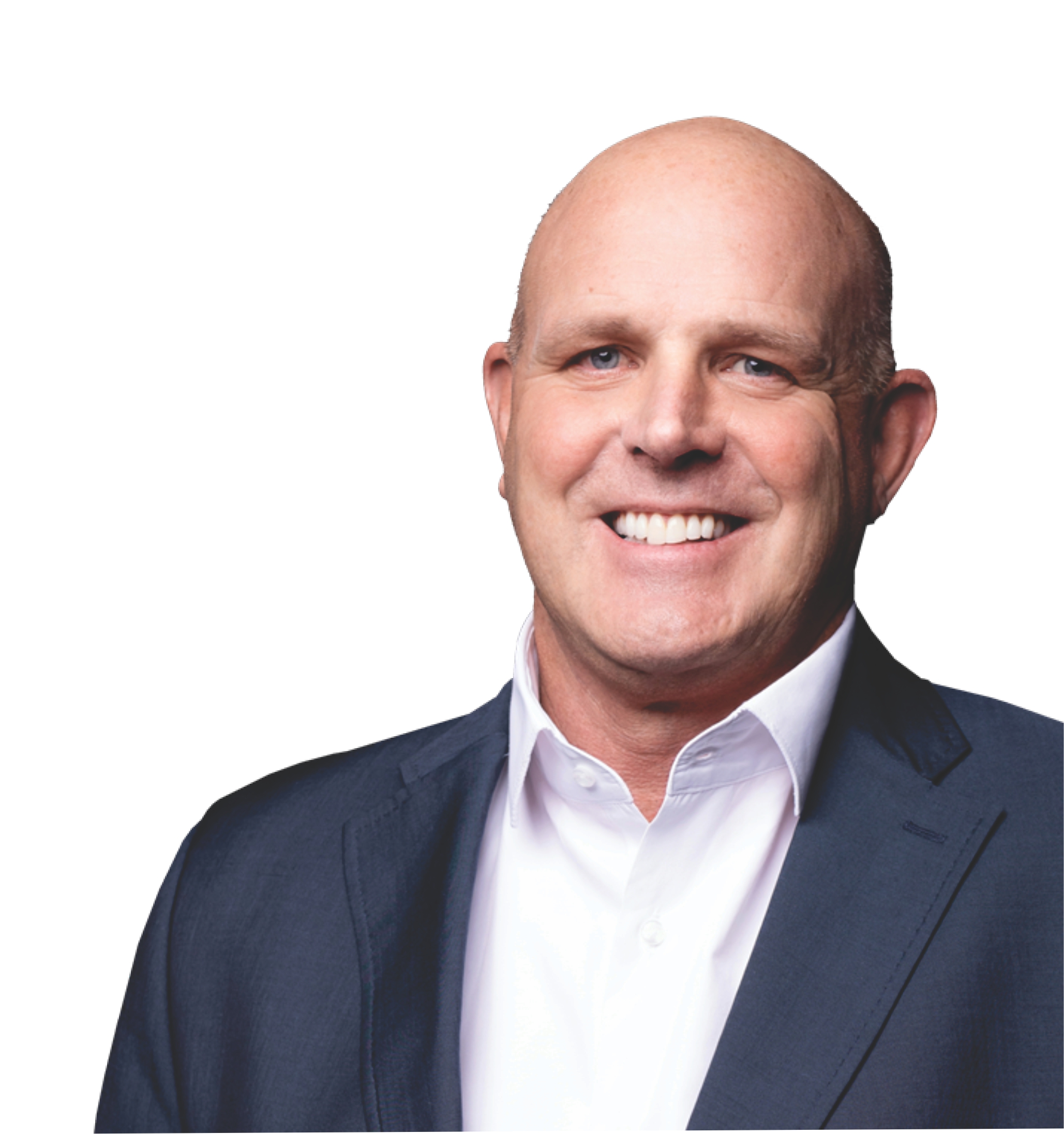This year, Alexforbes marks 90 years of service to South Africans. It’s a milestone that invites reflection ‒ not just on our own journey, but on the transformation of retirement savings across the country.
Over the decades, we’ve seen the retirement system shift in profound ways: from employer-controlled guarantees to personal accountability, from rigid fund structures to flexible options, from one-size-fits-all solutions to tailored financial planning.
From defined benefit to defined contribution
South Africa’s formal retirement system began taking shape with the 1956 Pension Funds Act, which allowed for the creation of structured pension and provident funds. These funds were typically defined benefit (DB) in nature ‒ guaranteeing a pension linked to years of service and final salary.
This approach made sense in an era of long service, stable employment and relatively low life expectancy. But as the world of work evolved, the limitations of pension funds became more evident. The DB model became increasingly difficult to sustain ‒ especially during periods of high inflation, increased job mobility and longevity.
As a result, there was a shift from DB to defined contribution (DC) arrangements. Under DC, contributions are fixed, but the eventual outcome depends on investment performance and member behaviour. This model shifted risk from employer to employee ‒ and with it, the responsibility to plan, contribute and manage savings wisely.
This was not just a technical change. It was a turning point in the responsibility individuals had for their retirement funds ‒ and it laid the groundwork for the advisory, education and support-driven models we see today.
Expanding access through scale
The 1990s and early 2000s saw the introduction of umbrella funds, which pooled members and assets across multiple employers. This was a crucial innovation that opened up retirement saving to smaller employers who couldn’t previously afford the administrative or compliance burden of running standalone funds.
As more employers joined umbrella structures, we also saw greater industry consolidation and the emergence of multi-manager investment platforms. These developments have helped drive down costs, improve governance and broaden the range of solutions available to members.
But they also increased complexity. For the average member, understanding contribution levels, fund choices and long term implications has become more difficult. That is when the industry began shifting again. This time, the focus moved towards advice-led engagement, member education and digital tools. This supports informed decision-making and helps track the impact of these decisions throughout members’ working lives.
Real reform, real consequences
In recent years, government has responded to gaps in the system with a series of reforms designed to strengthen preservation and improve financial flexibility.
The T-Day reforms of 2021 aligned the tax treatment of retirement vehicles, encouraging better preservation and harmonising rules across products.
And in September 2024, the two-pot retirement system marked one of the most significant structural changes in decades. This change reflects a growing understanding that long term saving cannot be viewed in isolation from short term financial pressures. Many members face income shocks, family obligations or emergency expenses that compel them to withdraw their entire fund when leaving a job ‒ often erasing years of retirement savings.
The two-pot system aims to provide a more balanced alternative ‒ one that preserves the long-term goal while offering much-needed access to liquidity along the way.
But with new flexibility comes added complexity. Members must now make more decisions, navigate new rules and weigh short term needs against long term wellbeing. That requires a support structure far beyond administration.
Advice is the system’s anchor
Whether it’s choosing contribution rates, selecting investment portfolios, understanding drawdown strategies or making tax-efficient decisions, most people need guidance. Not just once, but throughout their working lives.
The two-pot system has made this even more urgent. Members now need to understand when and how to access their savings pot, the tax implications of doing so and how to avoid compromising their retirement plan in the long run.
Encouragingly, we see a clear behavioural shift. Members are engaging more actively with their benefits ‒ asking questions, seeking clarity and showing more interest in the long term impact of their financial decisions.
We believe that digital tools must be used to scale advice, not replace it. Technology can streamline processes, provide dashboards and simplify information. But the emotional and financial weight of retirement decisions still calls for a human connection ‒ someone who can explain, guide and build trust.
The role of employers is evolving
Employers continue to play a critical role in shaping financial outcomes. Today, retirement benefits are part of a broader employee value proposition, where financial wellbeing is increasingly recognised as a key driver of engagement, retention and productivity.
Progressive employers are integrating financial coaching, savings tools and personalised advice into their benefit structures. This helps employees make informed decisions that extend well beyond retirement funds.
Looking forward, with purpose
Ninety years ago, Alexforbes started as a commercial insurance firm. The retirement system in South Africa has come a long way ‒ from guarantees to choice, from complexity to customisation. But the work is far from over. We are proud to be participating and collaborating in this dynamic industry as we see in our centenary.


